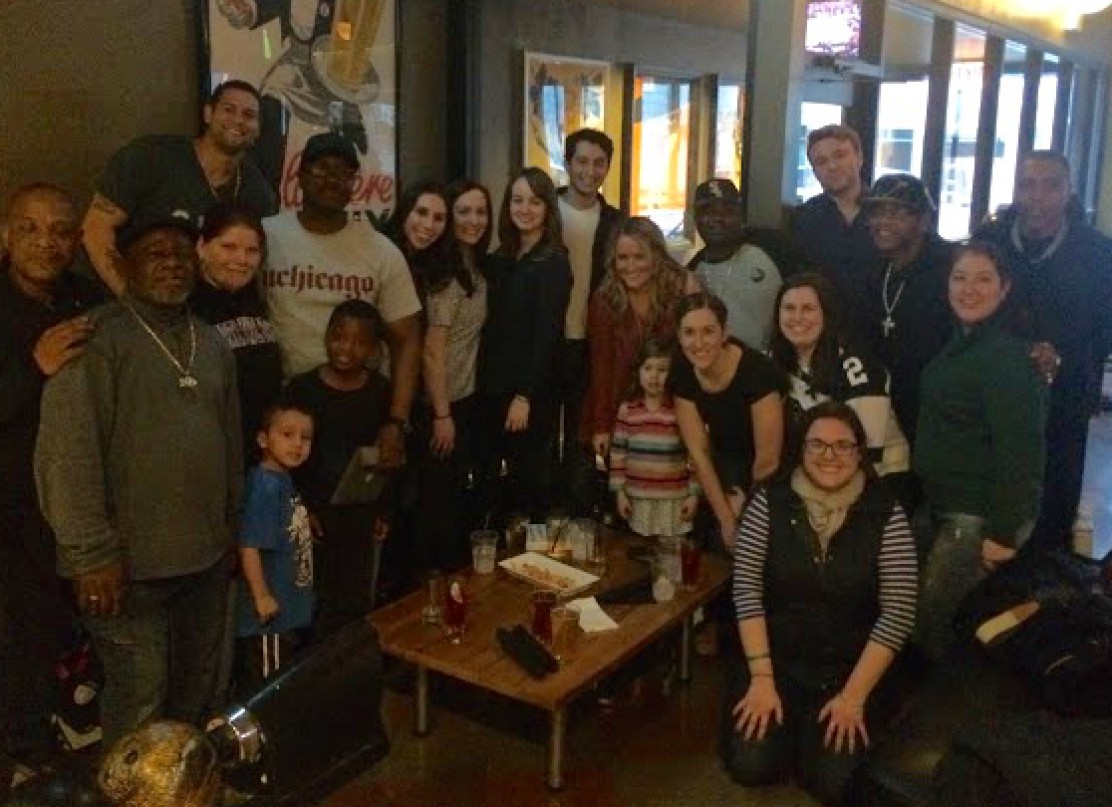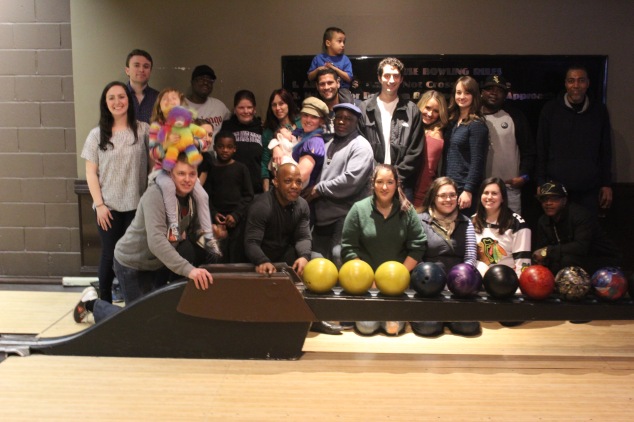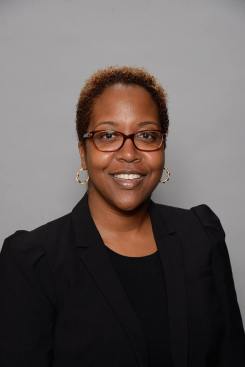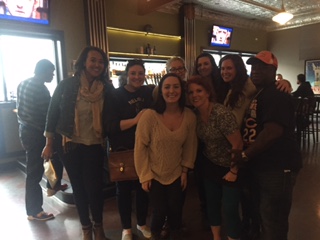“The only good is knowledge and the only evil is ignorance.”
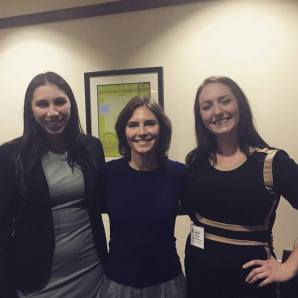
Carly Chocron (left), Exoneree Amanda Knox (middle), Ashley Stead (right); at Knox’s book signing
Meet Ashley Stead. Previous Life After Innocence student director. Political Science and Communication degree holder. Aspiring civil rights litigator.
Ashley received her undergraduate degree at the University of Illinois Urbana Champaign. Though Ashley studied political science during her undergraduate career, her passion for civil rights began early. As a junior in high school Ashley spoke to her guidance counselor and decided she wanted to go to law school.
“I told my guidance counselor how when I was a child I wanted to became the first female president,” Ashley said. “I have always had a desire to advocate for others and fight injustice. She recommended the field of law and that was the beginning of my journey.”
After completing college, Ashley’s desire to help others reclaim their lives became obvious through her adoption of an older dog. At six years of age, her Siberian Husky, Lobo, was an untrained breeding dog. Ashley took him in and worked hard to overcome his anxiety and aggressive side. Now, she couldn’t imagine her life without him.
“I’ve had him for about two and half years now and it has been an adventure,” Ashley said. “It has taken a lot to train an older dog as well as to cope with his aggression and anxiety issues but he has brought to much joy into my life. I also started running with him to workout some of his energy and it got me back into running. Last year I completed my first half marathon and most of my training was done with Lobo by my side.”
When Ashley came to Loyola, she discovered a new road for her passion. Though she had not worked with wrongful convictions before, she found a home at Life After Innocence.
However, her aspirations originally stemmed from her family.
“I had an interest in prison reform after learning about the prison system from my mother who was a correctional officer in cook county jail for nearly ten years,” Ashley said. “I was not familiar with wrongful convictions but Life After Innocence worked with people upon their release, so I became interested and wanted to learn more.”
Ashley found a shared passion for advocating with founder and director Laura Caldwell and adjunct professor Emily DeYoe. She undertook a wide variety of tasks for the clinic during her second semester of law school when she accepted the job as the student director. Her tasks included legal, social, and administrative activities.
“I felt their passion for advocating for the wrongfully convicted,” Ashley said. “I quickly shared that sentiment. I decided I would accept the job immediately if it was offered.”
Working for LAI helped Ashley develop as a professional and gave her the confidence to work with clients and others in the legal profession. Her time with the clinic will continue to inspire her to fight for those in need in the future.
“The most rewarding part of the clinic has been to meet the exonerees and to hear their stories firsthand,” Ashley said. “They are truly inspiring. I have never met individuals who appreciate life more than our clients. Even after all the horrors they have experienced, many of them face the world in an optimistic and grateful manner. It really puts into perspective the things that truly matter in life.”
In the future, Ashley would like to work in both the public and private sectors. She would like to litigate in criminal law for a few years before moving to the private or nonprofit sector where she can advocate for those who have been adversely affected by our criminal justice system. Although Ashley is a student clinician at LAI this semester and not the student director, her work with LAI has been invaluable.
Ashley remembers the most inspirational statement a client said to her. “I’d rather spend the rest of my life in jail as an innocent man, than plead guilty to a crime I did not commit.” The statement speaks to the level of perseverance exonerees have. Their drive is inspiring not only for Ashley but for all members of the community, any of whom could one day end up exactly where our exonerees were placed.
